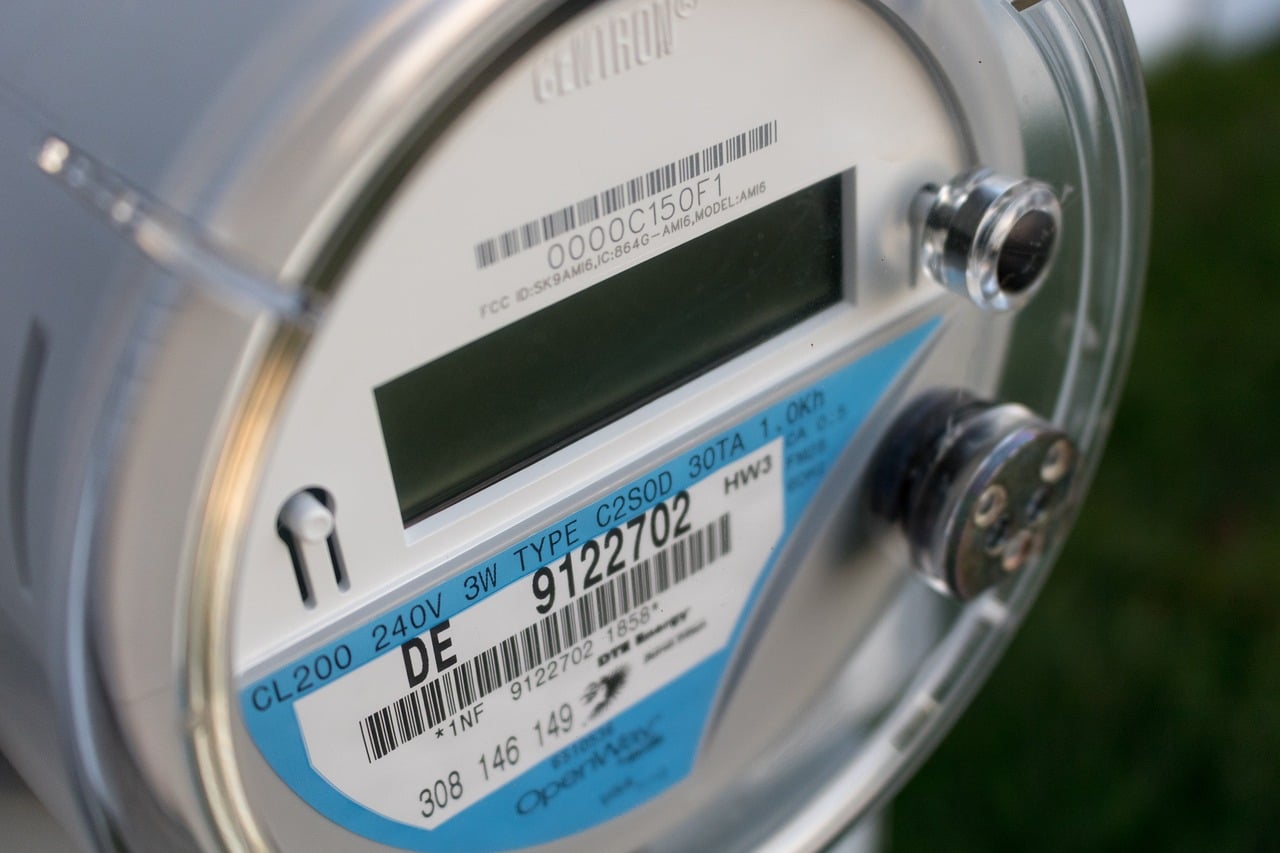U.S. electric utilities installed nearly 71 million advanced meters, accounting for about 47 percent of meters that were operational in 2016, according to the Federal Energy Regulatory Commission’s annual report on demand response and advanced metering. The report, issued by commission staff on Nov. 7, found that several states are considering large-scale smart meter projects, in some cases as part of their grid modernization initiatives. The agency said that demand response has experienced a surge, with potential peak demand savings from retail programs increasing by nine percent between 2015 and 2016 to nearly 36 gigawatts. Demand resource participation in the wholesale markets rose by about three percent from 2016 to 2017 to about 27.5 gigawatts. The number of customers enrolled in retail demand response programs in 2016 increased by eight percent, the highest since 2013. While enrollment in time-based rate programs has increased in most regions since 2013, the report identified slow implementation of these programs as the main barrier to customer participation in demand response. Several states have taken efforts to support time-based efforts via pilot programs, grid modernization efforts, or integration of electric vehicles. In addition to regulatory developments, nascent technological developments, such as blockchain technology and associated “smart contracts” to the energy sector, are expected to support meaningful response to prices.







